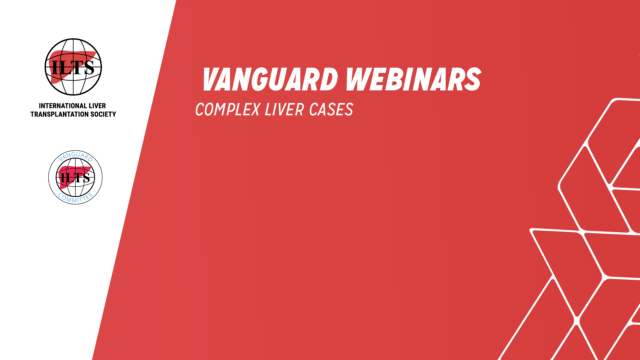Liver Cirrhosis

Vascular and architectural alterations in cirrhosis Mesenteric blood flows via the portal vein and the hepatic artery that extend branches into terminal portal tracts. A, normal liver: Terminal portal tract blood runs through the hepatic sinusoids where fenestrated sinusoidal endothelium which rest on loose connective tissue (space of Disse’) allow for extensive metabolic exchange with the lobular hepatocytes; sinusoidal blood is collected by terminal hepatic venules which disembogue into one of the 3 hepatic veins and finally the caval vein. B, cirrhosis: Activated myofibroblasts that derive from perisinusoidal hepatic stellate cells and portal or central vein fibroblasts proliferate and produce excess extracellular matrix (ECM). This leads to fibrous portal tract expansion, central vein fibrosis and capillarization of the sinusoids, characterized by loss of endothelial fenestrations, congestion of the space of Disse’ with ECM, and separation/encasement of perisinusoidal hepatocyte islands from sinusoidal blood flow by collagenous septa. Blood is directly shunted from terminal portal veins and arteries to central veins, with consequent (intrahepatic) portal hypertension and compromised liver synthetic function.
Used with permission from The Lancet.







